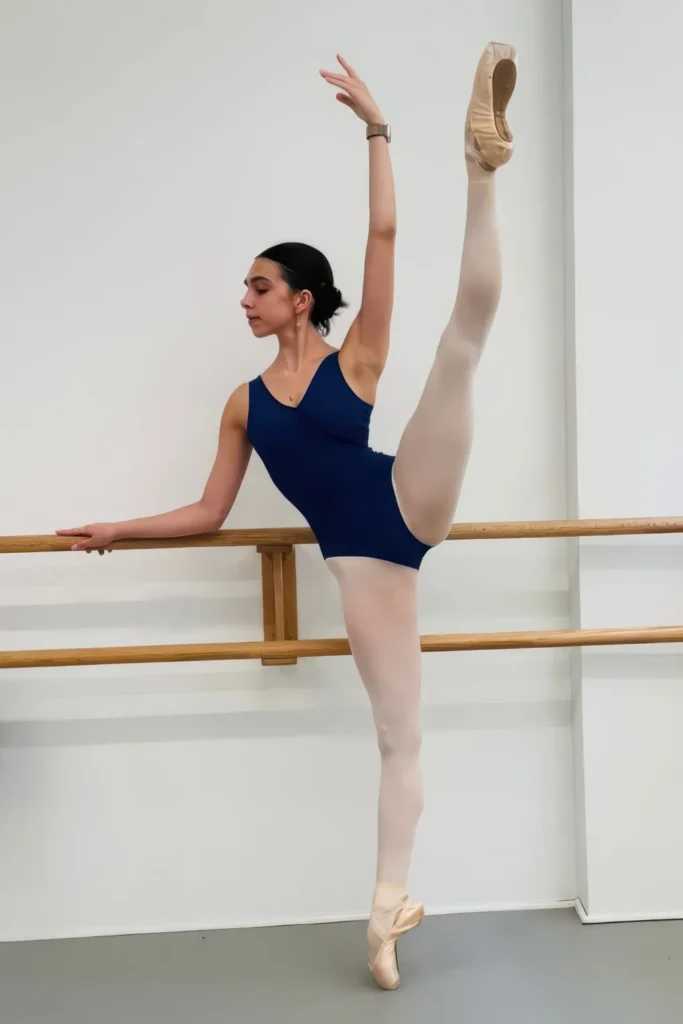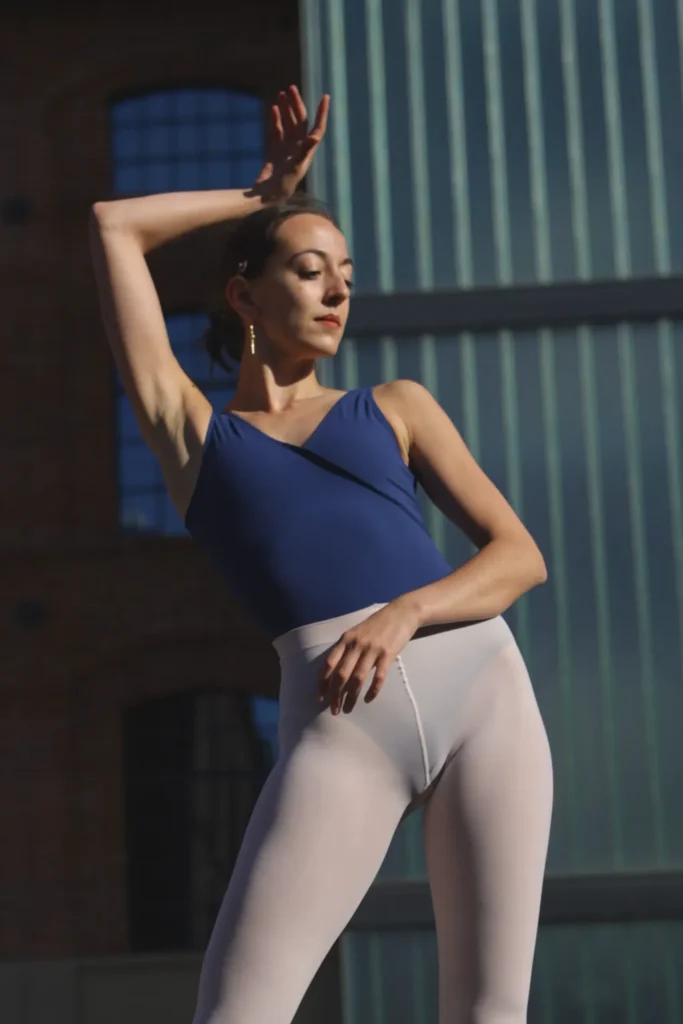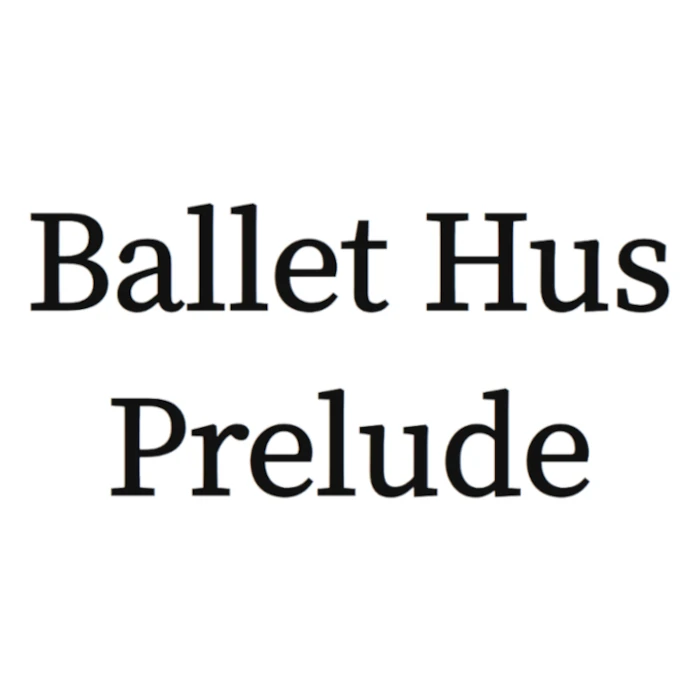What are Good Ballet Classes and How to Recognize Them?
Key Takeaways:
– Classes must focus on technique fundamentals, not shortcuts.
– Gimmicky equipment is a delusion, not a solution.
– Technique Over Tricks – a good class prioritizes placement, alignment, and core engagement.
– Good class must accommodate individual anatomy of each dancer, not ‘one-size-fits-all’ approach.
– Classes should balance ambition and injury prevention, gradually through strong foundations.
What are Good Ballet Classes and How to Recognize Them?
Finding the right ballet class is one of the most critical choices any ballet dancer, whether beginner or professional, can make. A good class doesn’t just teach steps or causes fatigue – rather, it builds proper technique, prevents injuries, and stimulates long-term growth.
However, not every ballet class meets these standards, and dancers frequently wander into environments catering to trends rather than technique.
Let’s investigate what sets a good ballet class apart from the rest, based on principles that work for dancers at all levels. Including adults, because people assume that non-professional ballet classes don’t require much focus on proper technique, as long as the class is fun. And that’s a wrong thinking.
Whether you’re exploring ballet as an adult beginner, looking to refine your professional technique, or teaching classes yourself, these insights will help you choose – or build – a training space that prioritizes artistry, safety, and progression.
Why Are Good Classes So Hard to Find?
In a world where Instagram highlights a 10-year-old nailing ten pirouettes and adult ballet classes are booming in popularity, it has become harder to distinguish genuinely good classes from superficial ones. Social media rewards shortcuts and tricks, even though they often lack the necessary foundation to sustain safe, long-term dancing.
This is why professional-grade instruction in ballet schools stands out: good classes follow principles of anatomy and body mechanics rather than relying on teaching superficial results like off-balance extensions or stunts. As seen in Why Your Favourite Ballet Technique Isn’t Working for You, it’s the basics like pliés, proper core engagement, and stable placement that build true strength and artistry.
If you are lucky enough to live in the area where there are plenty of classes to choose from, here are essential qualities to look for when evaluating any ballet class or ballet school:
1. Qualified Teachers Who Break Down Technique
A good ballet class begins with the teacher. The most important thing a ballet dancer needs from their instructor isn’t flashy combinations, even in combination with charming personality (which is great quality if added on top, don’t get us wrong), but a thorough understanding of technique—broken down into logical, degistable, foundational steps.
What to Watch For:
- The teacher explains how and why movements are executed instead of simply demonstrating.
- Individual corrections target placement issues, core engagement, turnout, or alignment.
- Teachers know the difference between “natural ability” and “technical mastery” and guide students patiently to avoid bad habits.
Bad habits emerge most commonly when teachers allow flashier steps (like multiple pirouettes) without addressing underlying weaknesses. A misplaced plié or weak supporting leg can create ripple effects. As Why Multiple Pirouettes Are Not a Sign of Good Ballet Technique points out, dancers with natural turning ability often bypass technical foundations, leading to injury or plateau down the line.
2. Emphasis on the Basics (Pliés and Beyond)
For beginner ballet students or even adult ballet dancers returning to training, learning the basics is both the beginning and the ongoing focus of improvement. Any ballet class neglecting basics like pliés is doing its students a disservice.
Why Basics Matter:
- Pliés are the core ballet-workout exercise, as well as the foundation of nearly every movement—it’s where dancers strengthen their legs, find proper placement, and prepare the joints for safe, supported turns, jumps, or balances.
- Movements like tendus and dégagés help dancers develop dynamic control and build strength in their feet and legs.
If a ballet school skips barre work, gets overly creative (we’ve also experienced combinations such as grand plie – grand battement or tendus – soubresautes while the body was still not warmed up), and so on or glosses over foundational training in favor of flashy combinations, it will leave dancers weak and vulnerable to injury. As noted in Mastering the Plié: Ballet Movement (Almost) Everyone Gets Wrong, even professionals revisit and refine their pliés throughout their careers because they are so integral to proper movement.
3. Precision Over Speed: A Focus on Alignment
If there’s one thing separating professional-level ballet technique from amateur movement, it’s this: good ballet classes prioritize alignment.
Proper placement (head, neck, shoulders, pelvis, and spine in balance) allows every movement—from a grand jeté to a simple tendu—to look clean and effortless. Conversely, sloppy technique masquerading as dynamic performance often leaves dancers with serious injuries later.
Key Signs of Alignment-Focused Training:
- Teachers emphasize starting positions (e.g., turnout must come from the hips, never the knees or feet).
- Spotting corrections target balance issues in the body or placement errors, not aesthetic preferences.
- Classes train core engagement consistently by referencing the relationship between abdominal muscles, hip flexors, and leg extensions.
As a dancer, if you feel consistently off-balance when attempting turns, or if pliés feel heavy in the knees, your class might be teaching poor alignment. Tools like the “7 Quick Ballet Posture Fixes” guide can help you spot and adjust misalignments.
4. Thoughtful Progression and Injury Prevention
Good ballet classes are structured like a story—they begin with the basics at the barre, progress to simple center work, and gradually build into bigger challenges. However, the pace should prioritize control over ambition:
What to Look For in a Balanced Class:
- Barre exercises gradually warm up the joints and muscles before advancing to center combinations.
- Teachers allow time for repetition to ensure students have mastery of one skill before complicating choreography.
- Jumping exercises emphasize preparation (pliés and proper foot placement) to avoid damage to the knees or ankles.
As highlighted, dancers benefit most when complexity is added cautiously. For adult ballet classes, particularly, learning ballet later in life requires instructors who know anatomy well. Adult ballet dancers must work within their body’s current limitations while gradually acquiring the strength for more advanced technique.
5. Environment: The Studio and Its Atmosphere
You might not think much about the ballet studio itself, but the environment plays a massive role in shaping good ballet classes.
Ideal Studio Characteristics:
- Sprung floors: Floors that absorb shock protect dancers from impact injuries during jumps and turns.
- Welcoming community: Dancers grow when the studio atmosphere is welcoming, rather that competitive. While controlled level of competetiveness is always stimulating, it must never be the main driving force in the class.
- Equipment support: Barres, mirrors, and props like massage balls or rollers for warm-up routines support safe practice.
- Temperature: We all understand the importance of fresh air in the training environment, but this can never be prioritised over the proper temperature in the studio. Dancers with weaker blood circulation might experience numbness in feet if the temperature is too low, which will most likely prevent them from taking any value off the class. Lack of fresh air can be an inconvenience, but cold feet is a wasted class. Consider other dancers and set the right priorities.
As Ballet Barre: Your Best Friend in Ballet Class explains, the studio setup isn’t just about aesthetics—it’s a tool for hands-on alignment, preparation, and injury-proofing your technique. Make sure that your studio is well equipped.
Red Flags That Signal a Poor Ballet Class
Too often, dancers select ballet schools based on reputation or marketing without assessing the actual instruction. Avoid classes that:
- Rush the barre work: Barre training forms the foundation of all movement; skipping or speeding through it is a sign the teacher values choreography over control. Barre can’t last shorter than the center work, and in generall, not less than 45 minutes.
- Encourage shortcuts: Equipment like foot stretchers or overextension techniques might look appealing but weaken proper alignment. If done “in addition” to the core class, that’s fine, but if prioritised over proper barre workout – that’s definitely a red flag.
- Neglect corrections: A good teacher will offer personalized attention—even in group classes. If you’re unsure what you’re doing wrong, and corrections aren’t happening – that’s not a good sign.
- Ignore injury prevention: Jumping into advanced work without adequate guidance will lead to burnout or injury. If your teacher is not following the tested, traditional order of the class (plies > tendus > degage> rond de jambe > …), but experiments with too much novelty and mixing the exercises – you might want to take it with a grain of salt.
What if you have no choice?
Now, while some of you live in large cities with tens or hundreds of ballet studios, running hundreds of classes every day, some of you might live in the area where there’s only one studio, teaching bad technique, leaving you with no much choice. What should you do in this case?
If we were detached from the reality, we’d say: don’t take these classes, stay home, buy our leotards and follow our exercises and our blog advice. But we are not, and let’s be frank – classes are also about socializing, the joy of coming out, putting your attire on, even comparing yourself to others (in a healthy, encouraging way).
We say – take these classes, but take the advantage of the infrastructure too. If there’s a warm up area (hall / empty studio) – come sooner, do a proper barre preparation, and during the class – stick to the proper technique. If there’s no way you can prepare for the class – focus on the proper technique and exercise the moves deliberately – even if it means not following teacher’s combination 100%,
There are multiple ways you can make most of every ballet class, making sure your body is safe throughout, while not coming accross as arrogant “knowing-it-all” person. And we will discuss it in another blog posts for sure.
Conclusion
Good ballet classes combine the wisdom of traditional technique with individual care for every student’s unique anatomy and skill level. Regardless of whether you’re a beginner, an adult returning to ballet, or a professional dancer seeking refinement, the essentials stay the same: strong foundations, thoughtful progression, and a focus on alignment will elevate your dancing safely and effectively.
For dancers seeking ways to improve placement and core engagement further, Art Cassé’s leotards and resources like the “7 Quick Ballet Posture Fixes” checklist offer the perfect tools to supplement your training.
Remember, a class that focuses on teaching what IS right for your body—not just what “feels” good or what looks good—is worth every commitment and every sacrifice (whether it’s travelling 30 minutes longer or paying some more money). That’s not to say expensive, famous classes are better than cheap ones in small studios (we have first hand experience), but if you have the choice – make sure to pick the right place.


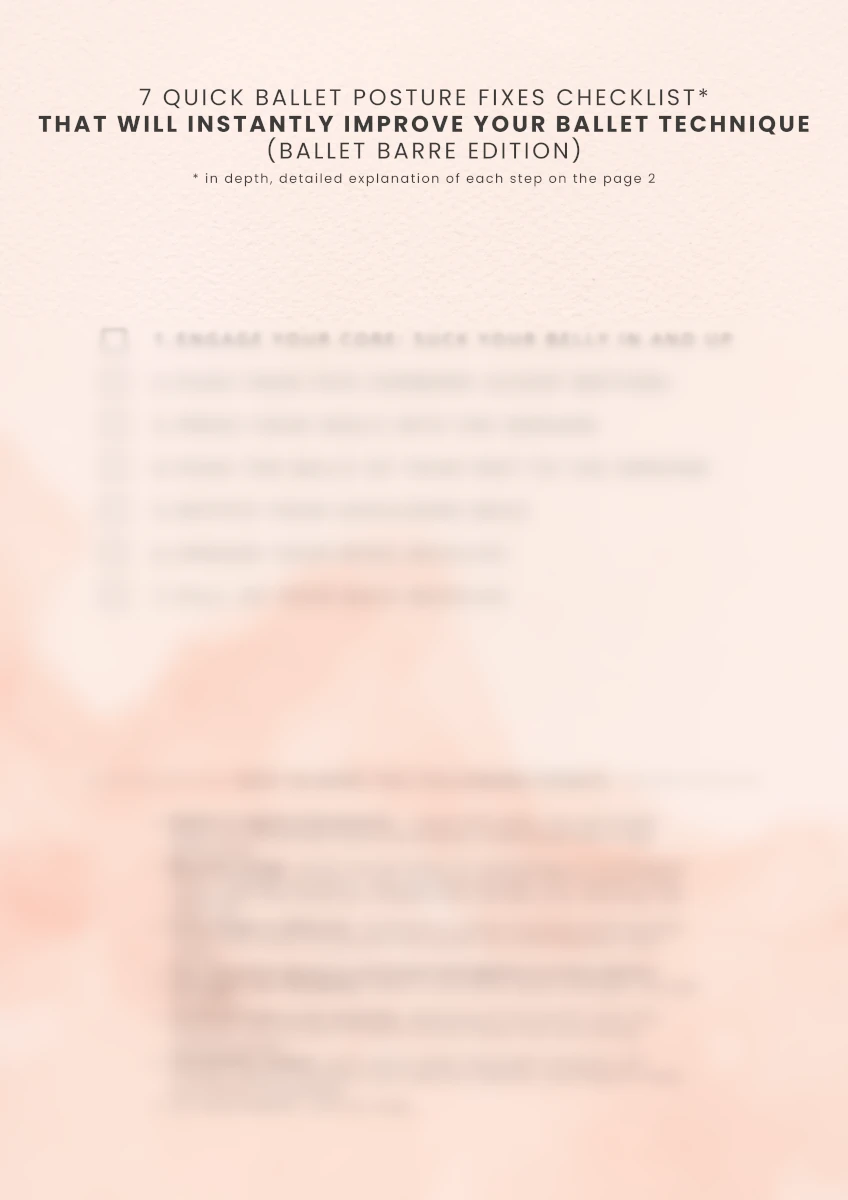
![[P] [ST] ArtCasse-LaPremiereCoupe-AmethystPurple-Front2 [JPG REQUIRED FOR FACEBOOK] ArtCasse - La Première Coupe - Amethyst Purple - Front](https://www.artcasse.com/wp-content/uploads/2023/09/P-ST-ArtCasse-LaPremiereCoupe-AmethystPurple-Front2-800x800.jpg)
![[P] [ST] ArtCasse-LaPremiereCoupe-IndigoBlue-Front [JPG REQUIRED FOR FACEBOOK] ArtCasse - La Première Coupe - Indigo Blue - Front](https://www.artcasse.com/wp-content/uploads/2023/09/P-ST-ArtCasse-LaPremiereCoupe-IndigoBlue-Front-800x800.jpg)
![[P] [ST] ArtCasse Premium Quality Ballet Leotards – La Premiere Coupe – Steel Blue – Front [JPG REQUIRED FOR FACEBOOK] ArtCasse Premium Quality Ballet Leotards - La Première Coupe - Steel Blue - Front](https://www.artcasse.com/wp-content/uploads/2023/09/P-ST-ArtCasse-LaPremiereCoupe-SteelBlue-Front-800x800.jpg)
![[JPG REQUIRED FOR FACEBOOK] ArtCasse Premium Quality Ballet Leotards - La Première Coupe - Steel Blue - Front](https://www.artcasse.com/wp-content/uploads/2023/09/P-ST-ArtCasse-LaPremiereCoupe-SteelBlue-Front-681x1024.jpg)
![[JPG REQUIRED FOR FACEBOOK] ArtCasse - La Première Coupe - Steel Blue - Back](https://www.artcasse.com/wp-content/uploads/2023/09/P-ST-ArtCasse-LaPremiereCoupe-SteelBlue-Back1-681x1024.jpg)

![[JPG REQUIRED FOR FACEBOOK] ArtCasse - La Première Coupe - Steel Blue - Side](https://www.artcasse.com/wp-content/uploads/2023/09/P-ST-ArtCasse-LaPremiereCoupe-SteelBlue-Side-681x1024.jpg)
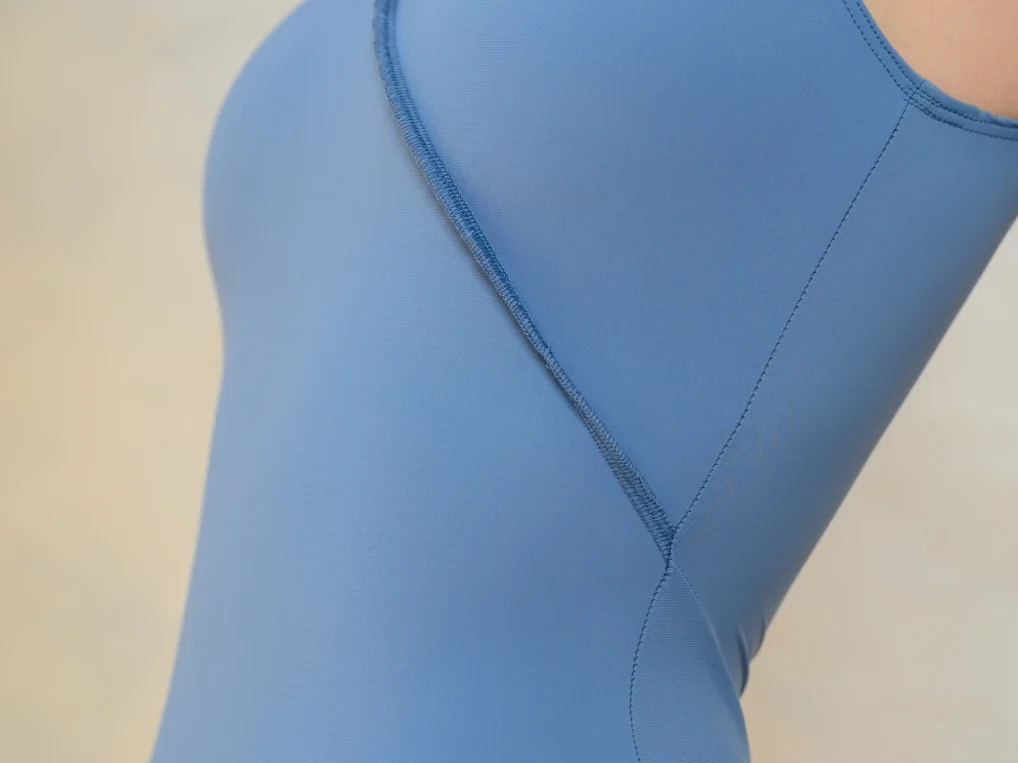
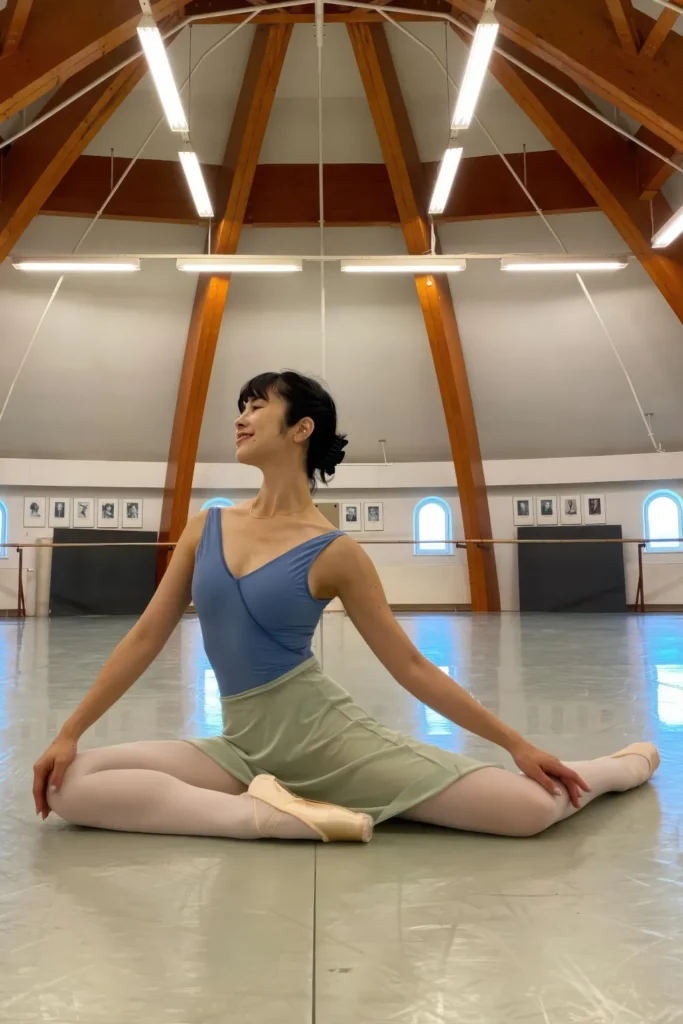
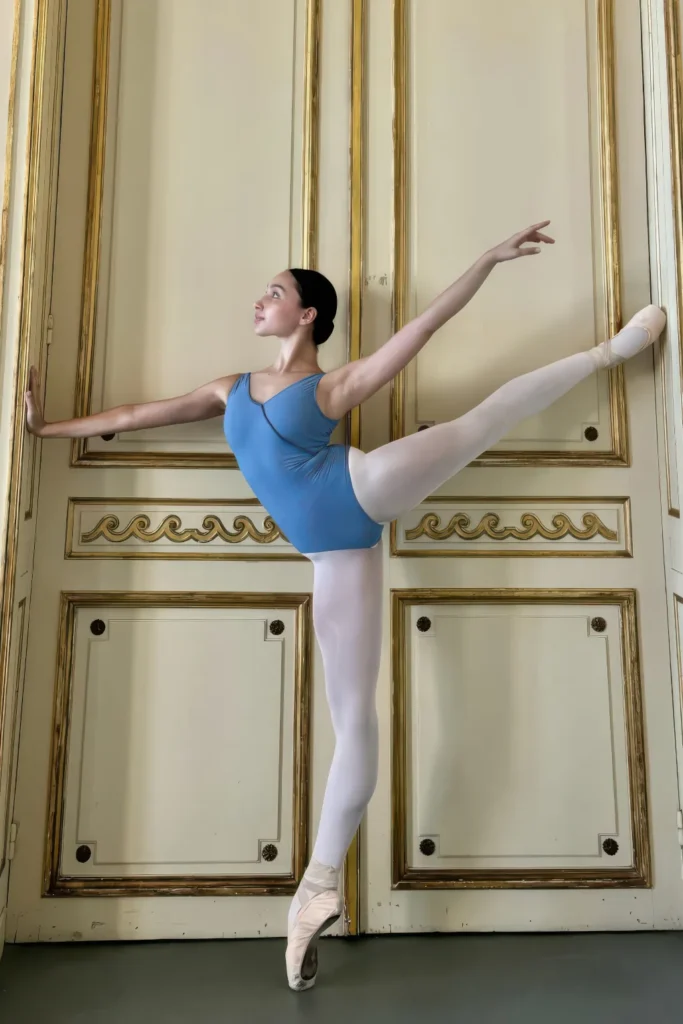
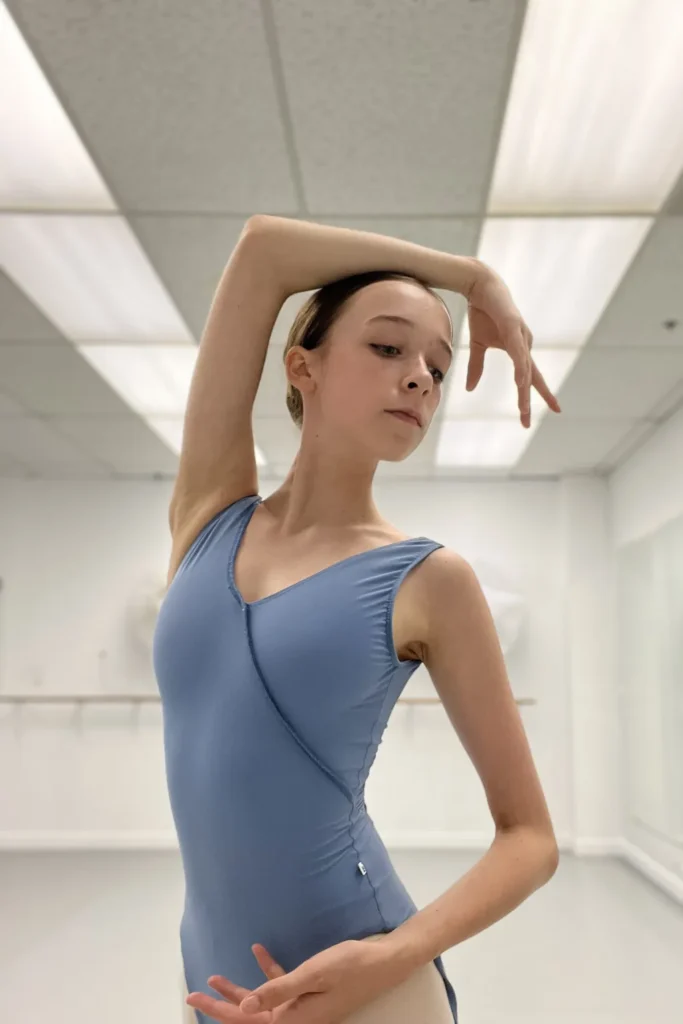

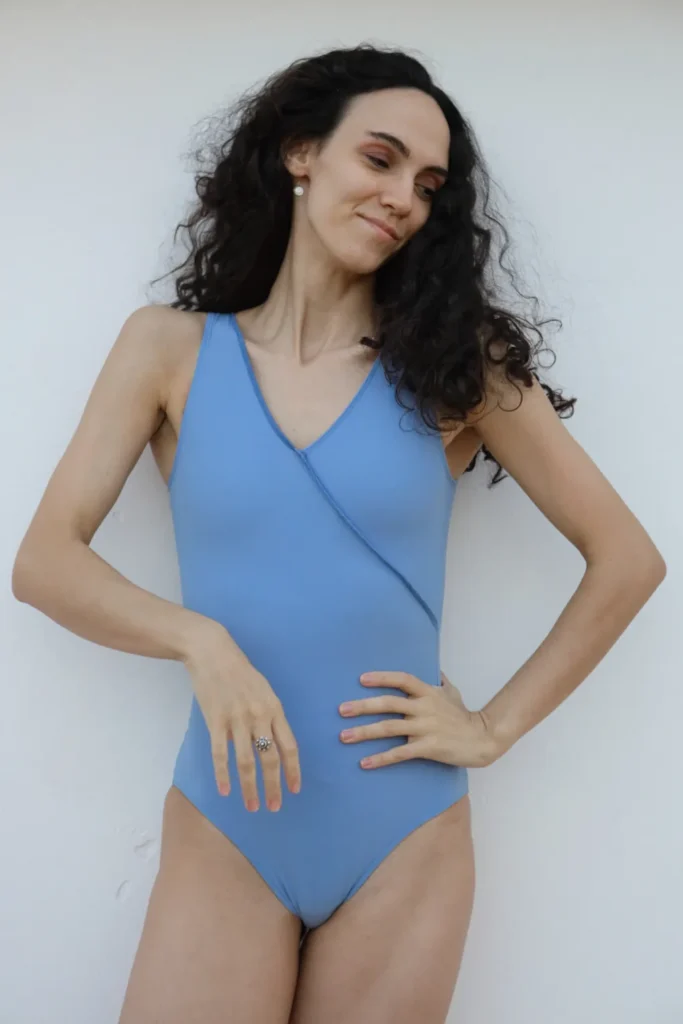
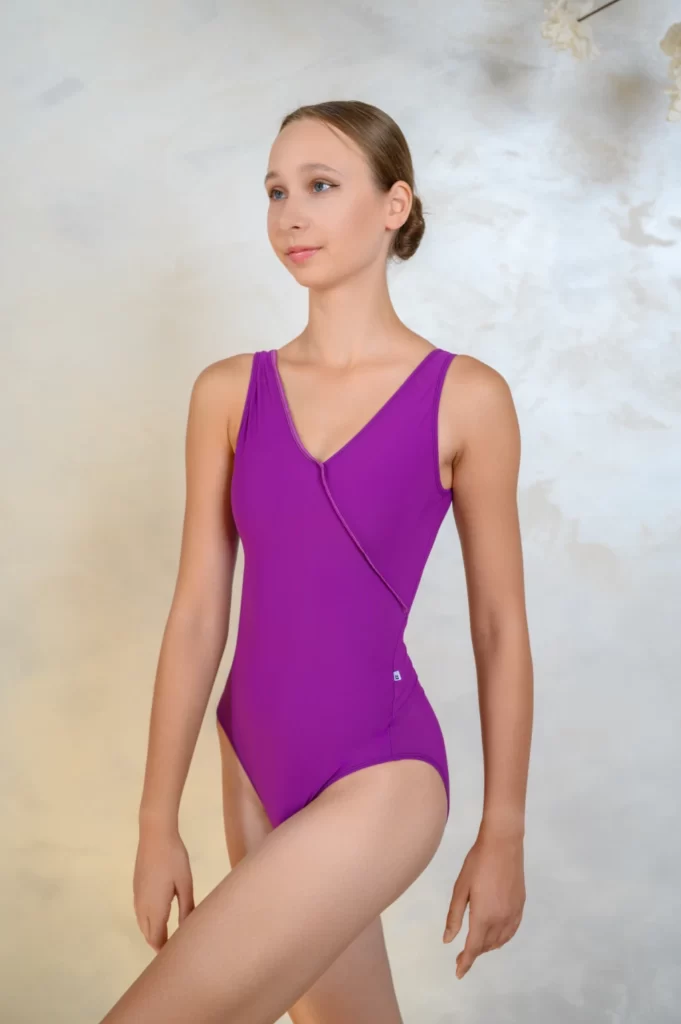
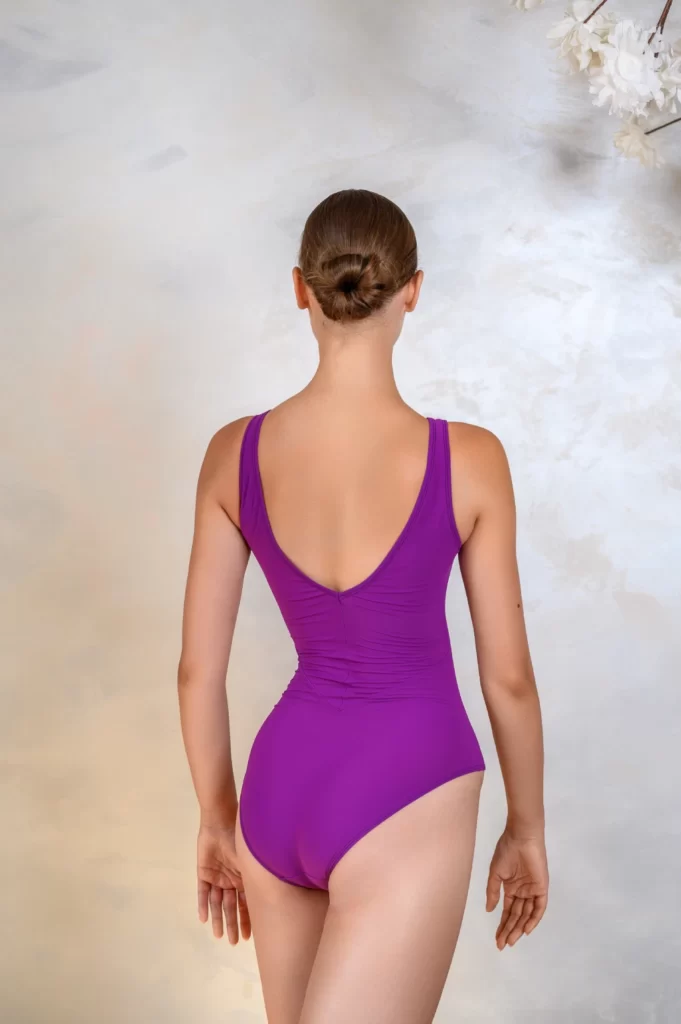
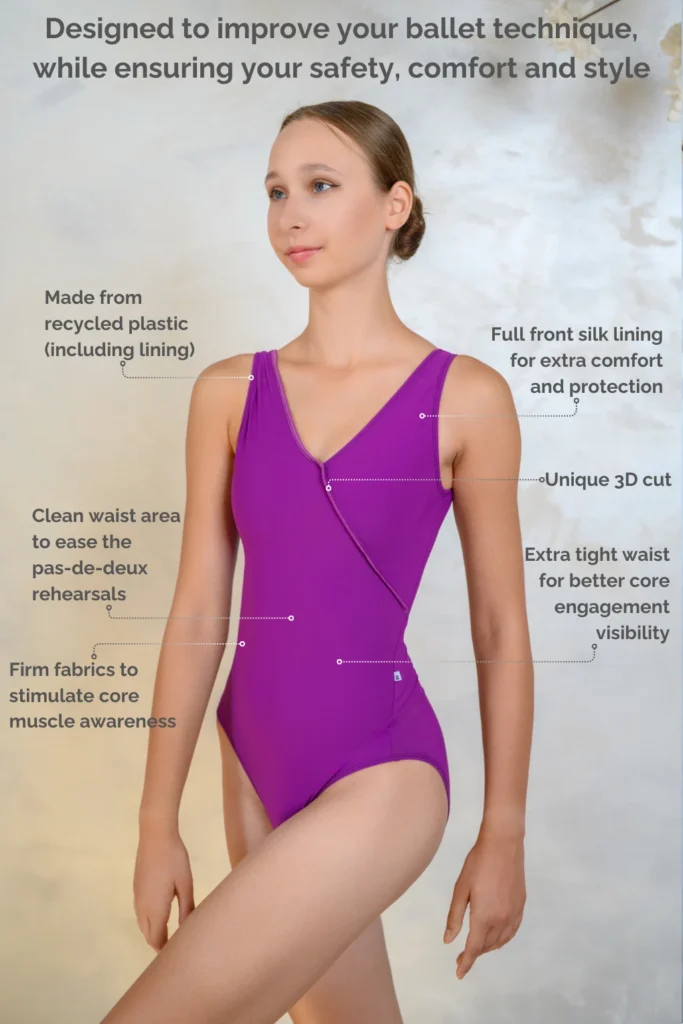
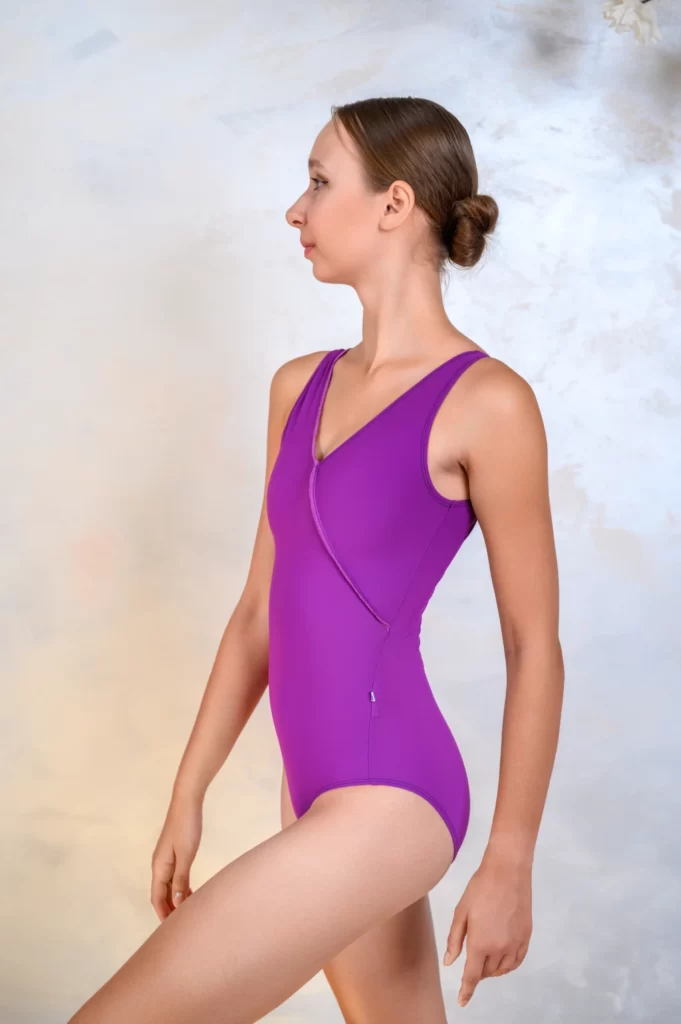
![[JPG REQUIRED FOR FACEBOOK] ArtCasse - La Première Coupe - Amethyst Purple - Detail](https://www.artcasse.com/wp-content/uploads/2023/09/P-ST-ArtCasse-LaPremiereCoupe-AmethystPurple-Detail-681x1024.jpg)
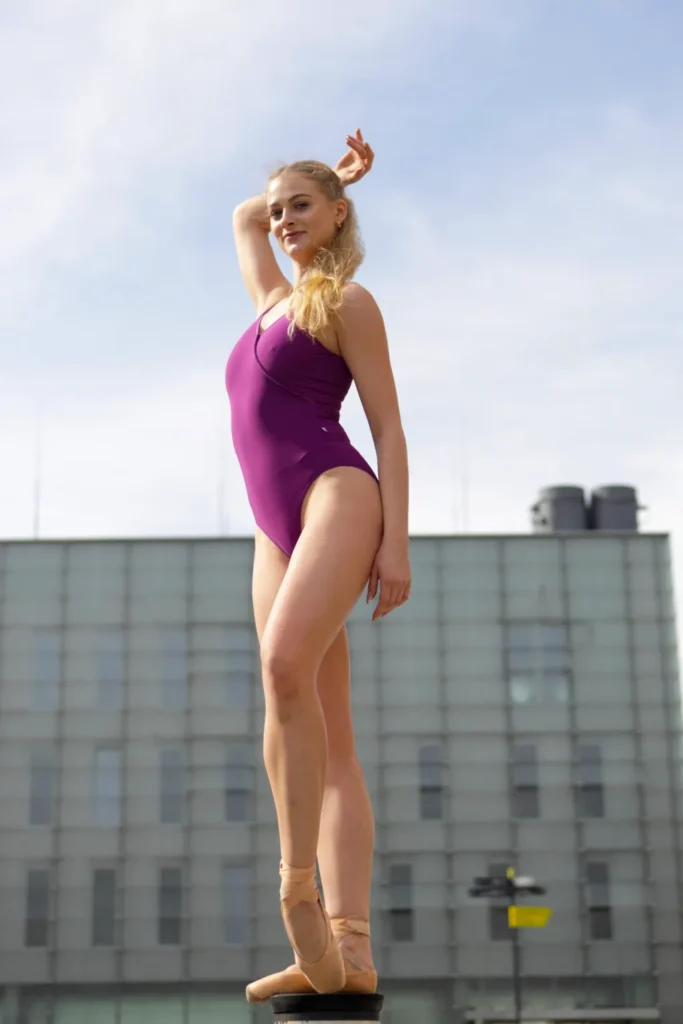
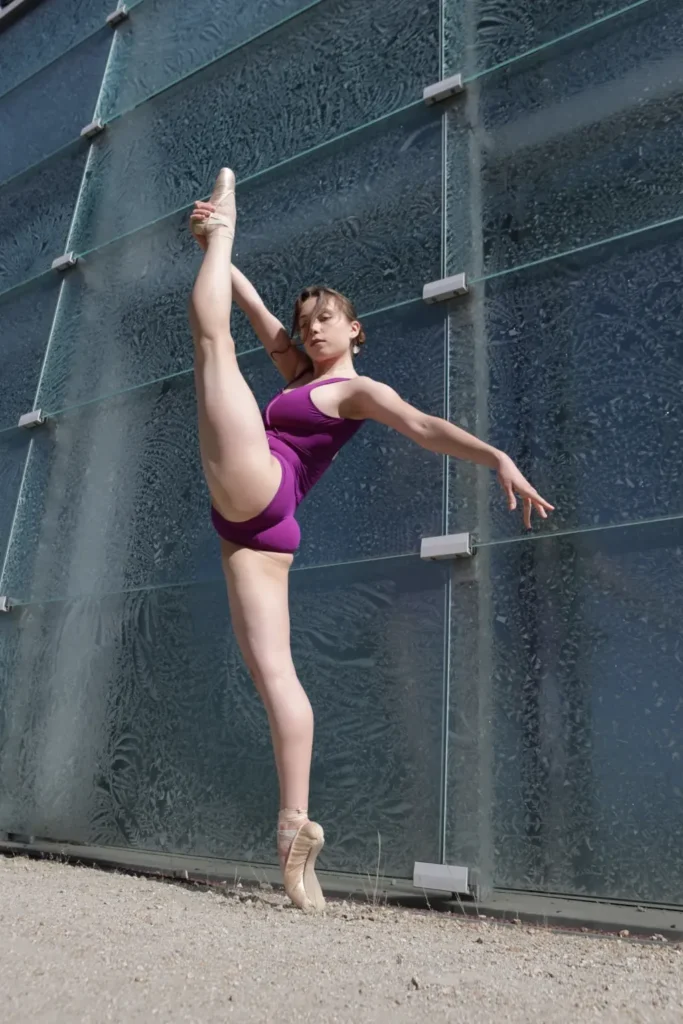
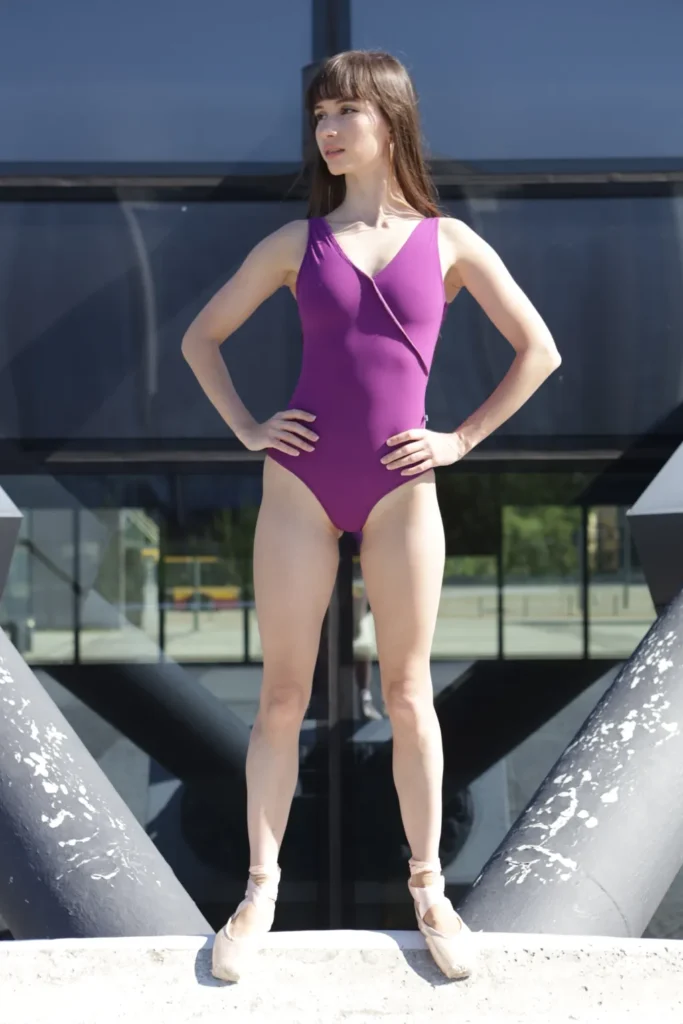
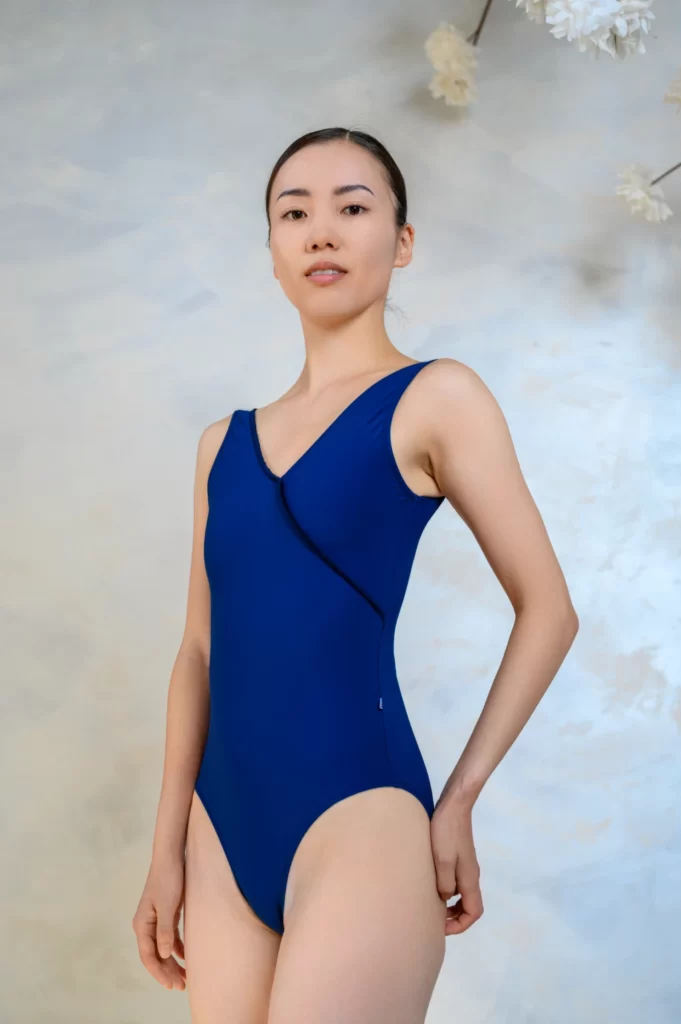
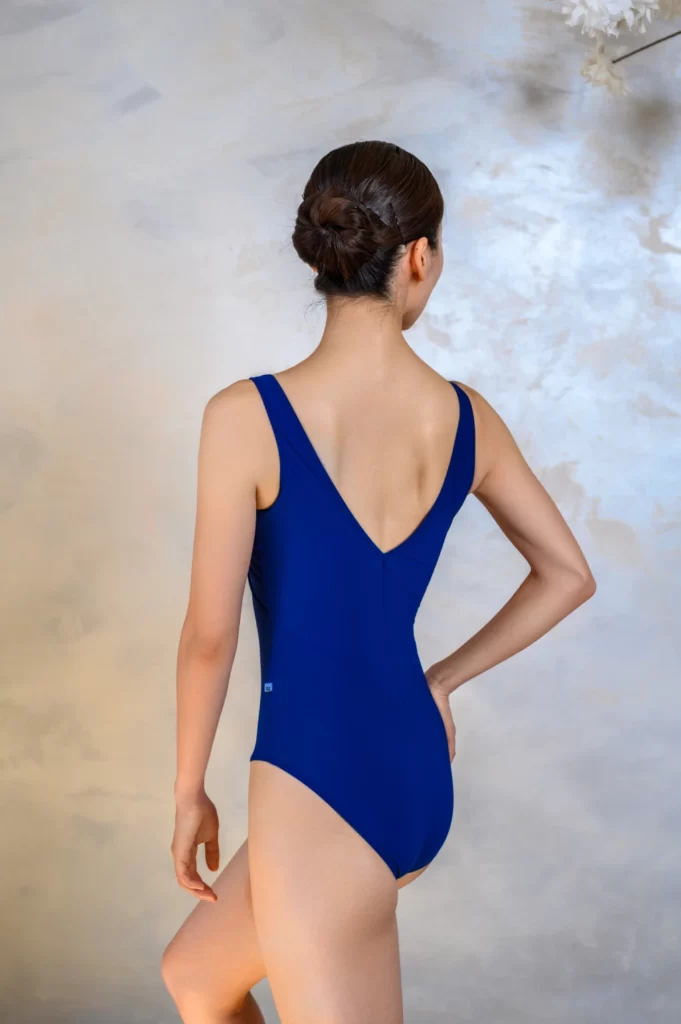
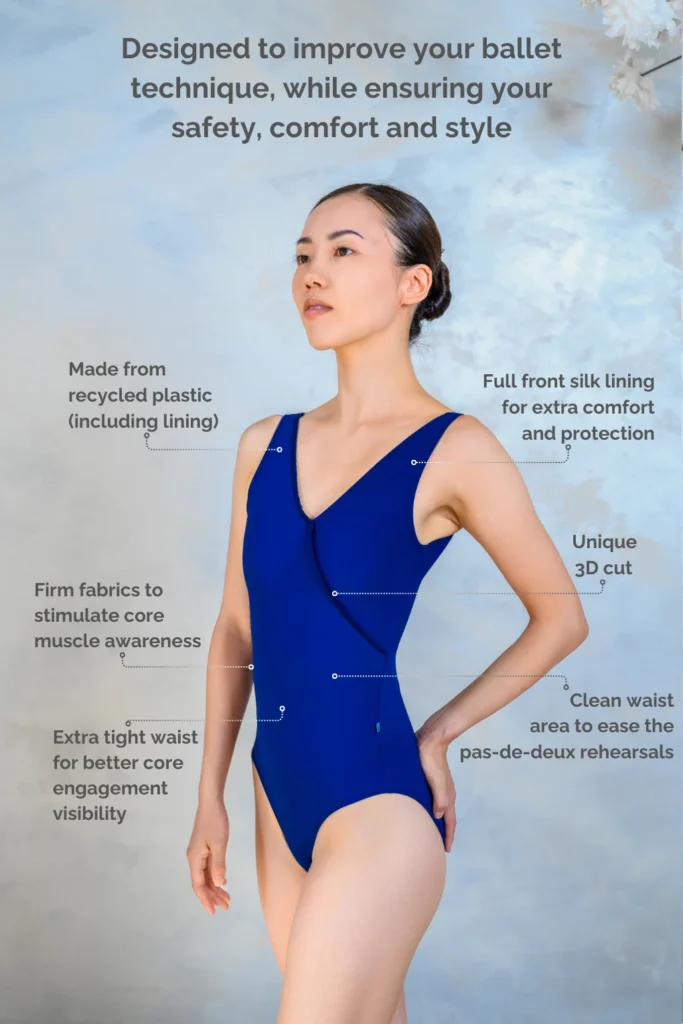
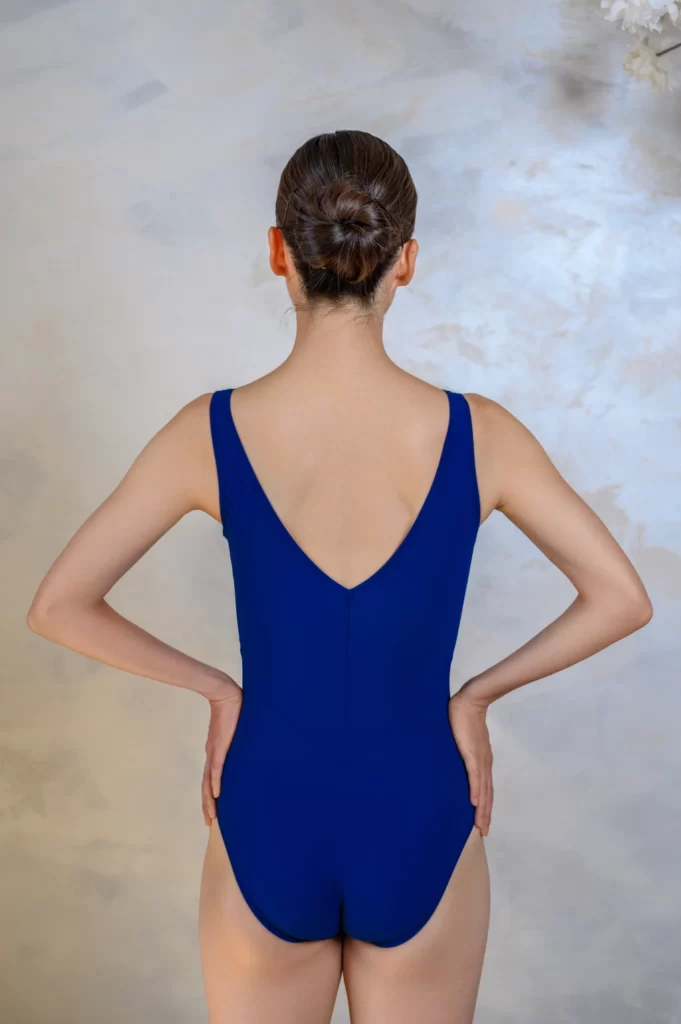
![[JPG REQUIRED FOR FACEBOOK] ArtCasse - La Première Coupe - Indigo Blue - Detail](https://www.artcasse.com/wp-content/uploads/2023/09/P-ST-ArtCasse-LaPremiereCoupe-IndigoBlue-Detail-681x1024.jpg)
